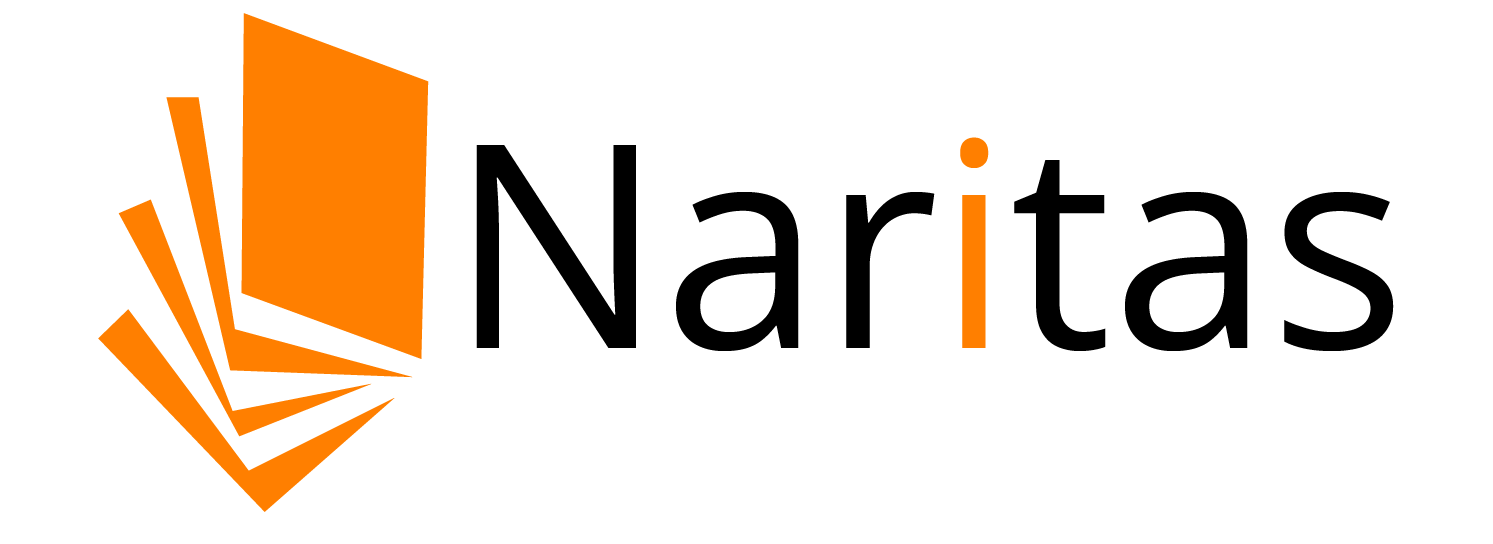Why Customized Application Management is the Future of Business Optimization

Empowering Business Growth through Customized Application Development
In today’s fast-evolving digital landscape, businesses no longer rely on generic software to meet their operational demands. Instead, they are turning to customized application development—tailor-made solutions designed to address specific goals, enhance workflows, and support long-term growth. This approach not only boosts efficiency but also helps organizations stay competitive in their respective industries.
What Is Customized Application Development?
Customized application development refers to the process of creating software applications that are specifically built to cater to a business’s unique requirements. Unlike off-the-shelf software, which is designed for mass usage with generalized features, custom applications offer personalized functionality and flexibility. These solutions are built from the ground up or adapted from existing frameworks to align with a company’s processes, customer interactions, and future goals.
Why Go Custom?
- Tailored to Fit Your Needs Every business is unique, and so are its challenges. Custom applications are built to fit specific workflows, ensuring a smoother and more efficient operation. Whether it’s integrating with existing systems or automating a specialized process, customization allows you to stay in control.
- Scalability and Flexibility As businesses grow, their needs evolve. A well-designed custom app can scale along with your business, offering the flexibility to add features or modify existing ones without the constraints of commercial software.
- Enhanced Security Custom applications often come with improved security protocols tailored to your specific industry requirements. Since they’re not widely available like commercial software, they’re less vulnerable to common attacks.
- Seamless Integration Custom applications can be developed to integrate easily with your existing software ecosystem. Whether it’s CRM, ERP, or third-party APIs, the integration possibilities are limitless.
- Cost-Effectiveness in the Long Run While the initial investment in custom application development may seem higher
than off-the-shelf software, the long-term benefits—such as increased productivity, reduced licensing fees, and lower dependency on third-party solutions—often outweigh the cost.
The Development Process
Customized application development generally follows a structured lifecycle:
- Requirement Analysis: Understanding business needs, end-user expectations, and technical requirements.
- Design: Creating wireframes, user interface mockups, and architecture plans.
- Development: Writing code, building functionalities, and integrating necessary APIs or systems.
- Testing: Conducting rigorous testing to ensure the application is bug-free, secure, and performance-optimized.
- Deployment and Support: Launching the app and providing ongoing maintenance to accommodate feedback and evolving needs.
Final Thoughts
Investing in customized application development is a strategic move for businesses aiming to streamline operations, deliver unique customer experiences, and stay ahead of the competition. By opting for a solution that aligns with your exact requirements, you gain a competitive edge, enhance internal efficiency, and build a tech foundation that evolves as your business grows.
